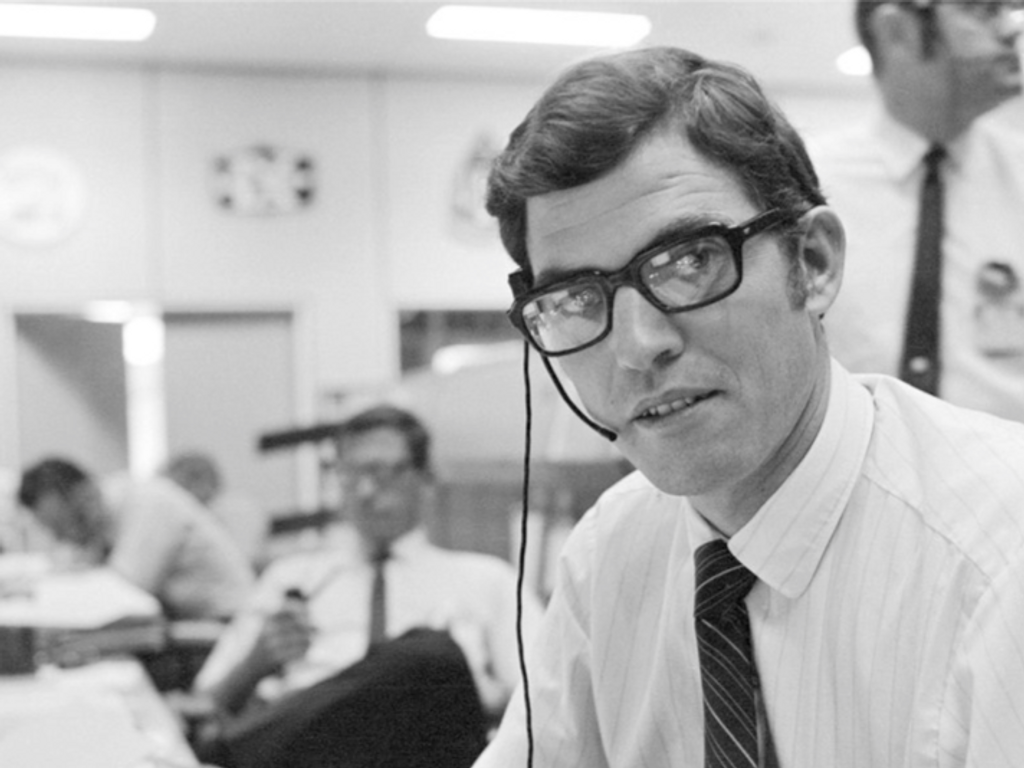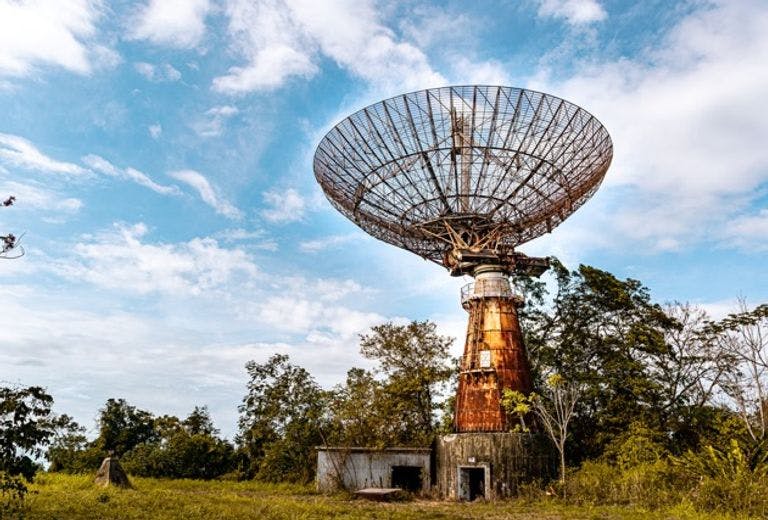The Steely Resolve of John Aaron: Saving Apollo 12
On a fateful day in November 1969, amidst the glowing fervor of the space race, an unforeseen disaster during the Apollo 12 mission showcased the exceptional capabilities of a man whose calm resolve would go on to become legendary. This is the thrilling account of John Aaron, the “steely-eyed missile man” and the tense moments that threatened to end the mission prematurely.

Prelude: The Promise of Apollo 12
After the groundbreaking success of Apollo 11, there were immense expectations placed on Apollo 12. With Commander Pete Conrad, Astronaut Gordon, and Alan Bean forming the experienced crew, there was every reason to believe that the mission would be a resounding success. The Saturn V rocket, a titan of American engineering, stood tall on the Kennedy Space Center's launchpad in Cape Canaveral, Florida. As the countdown neared its end and the engines roared to life, history was in the making. But as we would soon learn, space exploration is never devoid of uncertainties.
When Lightning Strikes – Once and Again
36 seconds after the mighty Saturn V began its ascent, nature unleashed its fury. Not once, but twice, the rocket was struck by lightning. These unexpected jolts sent the onboard systems into disarray. The crew's control panels lit up with alerts, as instruments malfunctioned and telemetry data morphed into indecipherable gibberish.
The ambiance in the cockpit grew tense, with the flight crew grappling with an onslaught of anomalies. From their vantage point, it seemed as though the mission was spiraling into an irreversible catastrophe.
Chaos in Mission Control
As the crew relayed the baffling telemetry data to Mission Control in Houston, the atmosphere there was no less chaotic. Professionals trained to handle extreme situations were finding it hard to diagnose the problem amidst the barrage of errors. Time was of the essence, and every passing second edged the mission closer to potential termination.
Gerry Griffin, the Apollo 12 flight director, weighed the gravity of the situation. With the lives of the flight crew hanging in the balance, an abort seemed imminent.
A Beacon Amidst the Storm: John Aaron Steps In
Enter John Aaron, Chief EECOM Officer and flight controller, a beacon of hope amidst the storm of confusion. Aaron, with his sharp acumen, discerned a familiar pattern amidst the jumbled telemetry readings — a pattern he had observed once in a training simulation.
Channeling his profound knowledge and intense training, Aaron calmly suggested, “Flight, try SCE to Aux.”
Confusion, Clarity, and Triumph
The command was so obscure that even seasoned astronauts and ground control personnel were left scratching their heads. But Aaron, with his characteristic poise, elaborated on the solution, guiding the crew to switch the power source from SCE to Auxiliary.
It was a shot in the dark, but it worked.
As the switch was flipped, the rocket's systems began to stabilize. The electrical malfunctions that had plagued the mission moments ago were now a thing of the past. Apollo 12 was back on track, thanks to the steely resolve of John Aaron.
The Legacy of a "Steely-Eyed Missile Man"
John Aaron's decisive intervention was not just a testament to his own prowess but also a shining example of the importance of thorough preparation, deep knowledge, and the ability to remain calm under pressure. His quick thinking not only saved the Apollo 12 mission but also the lives of its crew. The “try SCE to Aux” call became emblematic of crisis aversion, earning Aaron the moniker of a "steely-eyed missile man."
In the annals of space exploration, there are countless heroes, both known and unsung. John Aaron’s story serves as an enduring reminder that beyond the machines and advanced tech, it's the human spirit, determination, and intelligence that truly make the impossible, possible. As we, Steely, continue our endeavors, we draw inspiration from Aaron’s legacy, aiming to embody that same determination and resilience in all our pursuits.
Interested in more thrilling tales of space exploration? Stay tuned to our Steely blog, where history, technology, and human spirit converge.

A collective of dedicated professionals committed to enhancing satellite communication security. When they aren't analyzing complex telemetry data or crafting state-of-the-art tools, they're deeply engaged in thought leadership, sharing insights to empower a safer, more connected world.


